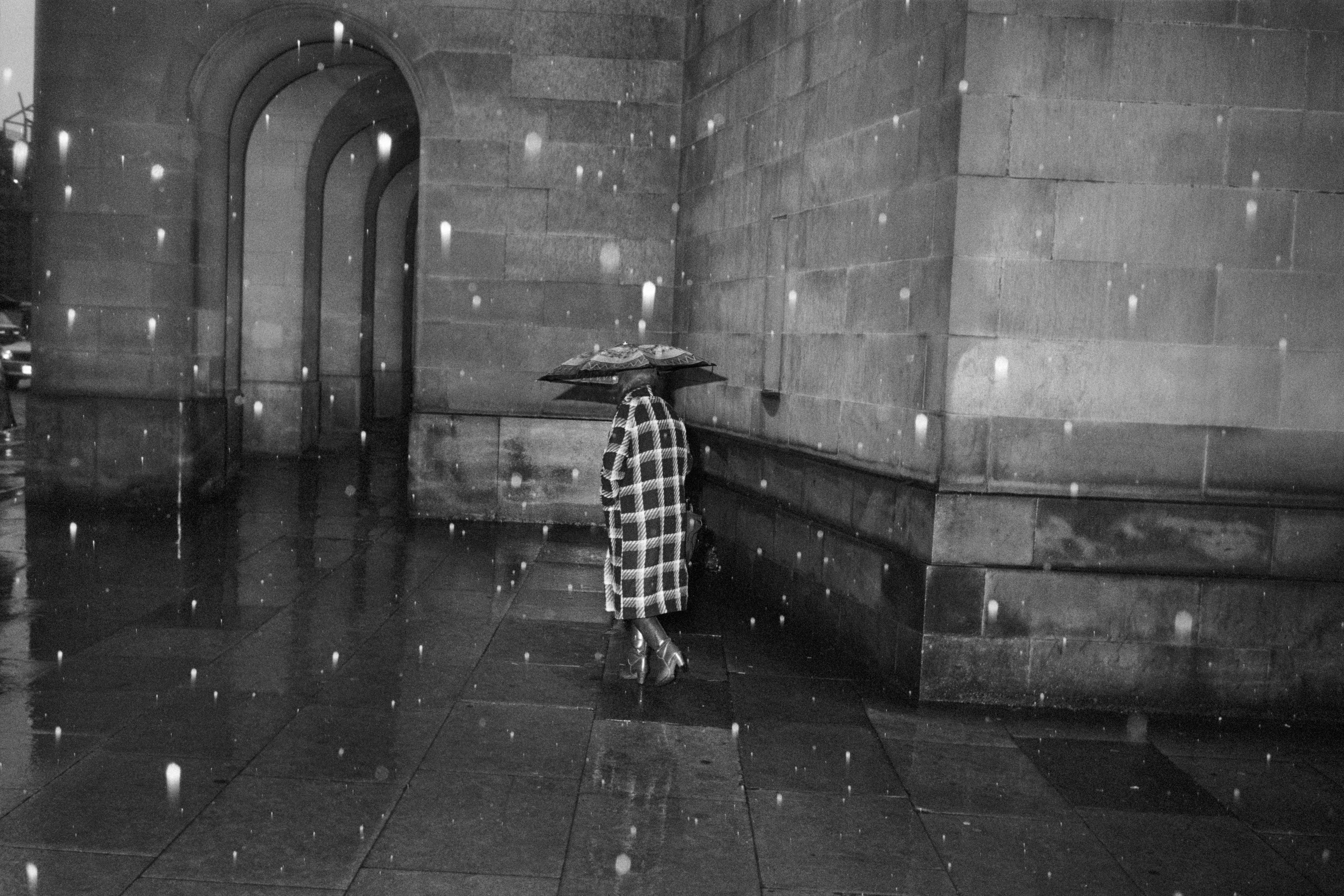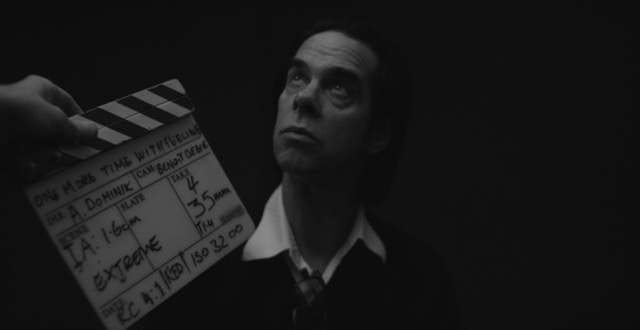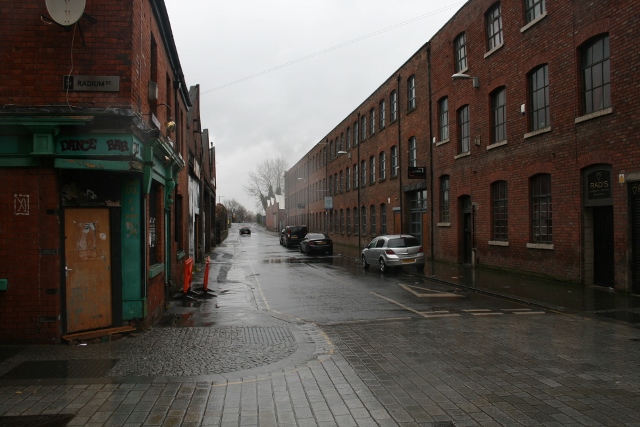Martin Parr has the subtle knack of locating the delightful in the mundane, the unlikely in the familiar, inviting us to look twice where we might long since have failed to notice.
The Epsom-born Parr’s trajectory has regularly intersected with the conjoined twins of Manchester and Salford, ever since his Polytechnic migration transplanted him from the presumptions of the ‘Home’ Counties. His latest exhibition on the top decks of Manchester Art Gallery – a cut above the Deansgate tunnels of his first student show – serves both as a selected retrospective and the setting for a new commission, one which celebrates the welcome return of the non-native.
 Its chronology sees him shift, like the watchful television in the corner of his Salford living rooms – part of a Poly project with Daniel Meadows – from black and white to colour, and from analogue to digital. In hindsight, even from his undergraduate monochromes of the Mayfly brutalism of Hulme Crescent, Parr has always been a photographer sensitive to the precarious fabric (and fabrics) of the present.
Its chronology sees him shift, like the watchful television in the corner of his Salford living rooms – part of a Poly project with Daniel Meadows – from black and white to colour, and from analogue to digital. In hindsight, even from his undergraduate monochromes of the Mayfly brutalism of Hulme Crescent, Parr has always been a photographer sensitive to the precarious fabric (and fabrics) of the present.
Consequently, the potency of his work tends to wax as its subjects wane into social history. Parr’s empathetic study of the former Prestwich Mental Hospital, for example, carefully captures moments and souls that would otherwise have passed from the record with no more trace than the nicotine that discoloured the ceilings of the one-time county asylum. Particularly telling is a greyscale Christmas, from which ward staff beam angelically while a patient, half-forgotten, shuffles through a looking glass.
Parr’s gift is an intuition for such finely-balanced moments, the details of which encapsulate their place and time. Outside the frame, he’s looking in, but, crucially, never looking down.
The vividly coloured works with which he is most readily associated are equally resonant. Point Of Sale, his study of Salford Shopping City at the midpoint of the 1980s, compresses the pull of the decade before and the push of the one to follow into frames of abandoned typefaces and obsolete wallpapers. For all the clamour of its betting shop reds, where babies are parked while wagers are placed, the past is a shabbier country. Nevertheless, the images insinuate; today’s Tesco Extra is tomorrow’s hypermarket, its lustre already beginning to lack. The destiny of modernity, it seems, is inescapably kitsch.
 The counter entropy which imbues his older series with such potency, however, tends to work a little against the effect of more recent commissions. While there is much to admire in his digital impressions of our own contingent times (banners pre-tumescent before the band strikes up at the Cheetham Hill Irish Parade, unchristian ‘Christians’ hectoring at Pride), it is hard not to view them as works in progress whose import will only be fully realised once they can be viewed from a safe distance.
The counter entropy which imbues his older series with such potency, however, tends to work a little against the effect of more recent commissions. While there is much to admire in his digital impressions of our own contingent times (banners pre-tumescent before the band strikes up at the Cheetham Hill Irish Parade, unchristian ‘Christians’ hectoring at Pride), it is hard not to view them as works in progress whose import will only be fully realised once they can be viewed from a safe distance.
Perhaps this, above all, is Parr’s genius, to locate the fault lines where the present begins to peel away into the past, to be aware of the distance, without himself being distant. It’s an exhibition that reveals more with each viewing.
Main image: Martin Parr: Return to Manchester GB, England, 1981
Return to Manchester is on at Manchester Gallery until April 22, 2019











